
Review on Acer Predator XB271HU 2560X1440 Display UM.HX1AA.001, IPS by Maxwell Rayphee

Great game/movie monitor
Right now, 2560 x 1440p (aka "2k") monitors are in a good position if you're looking to upgrade from a 1080p monitor. Graphics cards are powerful enough to support 2k monitors, but still struggle with 4k (i.e. trying to hit 60+ FPS in current games). Also, at the time of writing this review, you can get a 2k monitor running at 144/165Hz, while 4k currently doesn't. Some of them fit without a high refresh rate, but I appreciate the advancement in refresh rate technology. In terms of specs, this is exactly what I was looking for when buying a new monitor: - IPS (of the 3 types of IPS panels offers the best image and color reproduction) - I wanted 2K/4K RES (didn't want to switch to 1080p remain) - NVIDIA GSYNC (prevents screen tearing without input lag) - 144Hz REFRESH (helps reduce/eliminate ghosting) - OC to 165Hz - 4ms Response (good latency is always better for gaming) The previous model (XB270HU) was named King of Gaming - Monitors from TFT Central. If you want a very detailed overview, visit TFT Central. You haven't reviewed this model, but this model enhanced the success of the XB270HU. With the exception of the overclocking feature on this model, the features are pretty much the same. I don't think the XB270HU has an HDMI port like the 271, but you should still use a display port as you need a display port for both gsync and 144/165Hz refresh rate. For those who don't. Without much research on monitors, IPS monitor panels currently offer the best image quality and color reproduction. These are the panels that video and photo editors use to do their work. This also makes them ideal for watching movies and playing games. The downsides of IPS (all types of panels have downsides) are response times and black levels, but there have been many advances in IPS technology so response times are very reasonable - 4ms gray to gray is great. TN panels currently offer the best response time (only 1 ms), but inferior image quality and color reproduction. The black value for IPS panels has also developed strongly and is definitely competitive. While I'm not thrilled with the picture quality and color reproduction of this monitor, it's still very good. For many this monitor will likely exceed their expectations, it's a very good monitor with little competition in that regard. That's a great picture. I personally see no point in sticking with 1080p. If you spend that much on a monitor, chances are you'll keep it for a while. There is no point in investing in old technologies, it is better to switch to 2k / 4k. For PC gaming, you now have access to 2k/4k gaming, so not only does the picture look better, but the content is there as well. If you're using an Nvidia graphics card, especially the 900/1000 series (or better, depending on when you're reading this), you should take advantage of Gsync technology. If you're using an AMD card, you'll need to look for a FreeSync monitor. Gsync replaces Vsync. The problem with Vsync is that it introduced input lag, making your screen actions look laggy. Gsync has no input lag and eliminates screen tearing. Screen tearing occurs when multiple frames are drawn at once, so part of your screen appears to be moving as you rotate, but another part gets stuck and has trouble keeping up. Hence the tear effect. So removing it makes everything more enjoyable as it makes it easier to immerse yourself in a game or movie. Thanks to Gsync, a 144Hz refresh rate, and a 4ms response time, I haven't seen any ghosting or screen tearing, even in games where my previous monitor's screen was completely ripped. Time. I had this monitor not long ago and I'm already spoiled. I'm concerned about the quality control issues some have had because I'm not sure I can go back to a monitor without Gysnc and a 144Hz refresh rate. Obviously, and it's great that you can get this level of response time with an IPS monitor. Unfortunately, the Asus ROG Swift seems to have more quality control complaints as I was worried about trying an Acer product. I would happily go to Asus if the reviews were more positive. Update (July 2016): Asus has stated that they have been working very hard on improving quality control so their current batch could potentially be more reliable. Other than that, I'm impressed with Acer. The stand looks better live than the picture, but I would still prefer an all black stand. Whatever you think about the looks, the stand is great, by far the best I've had. It is durable and moves the plate precisely and easily. It doesn't take much effort to move the screen up or down and it stays there. After that there is no rebound effect. I have no dead/stuck pixels. There's a silvery IPS glow, but it doesn't extend too far from the corners and you'll have to run a test in a dark room on a black screen to see it. I feel like people take it too seriously. If you have to ask someone if there is too much IPS glow in your darkroom/black screen test, it probably doesn't bother you because you don't have to ask someone else if something bothers you. How many times will you stare at a black screen in a dark room? Well, if you notice this while gaming, watching a movie, or doing any other activity and it's ruining the experience for you, then yes, IPS Glow is overkill and you should take it back if you can. IPS glow is a disadvantage of IPS panel technology, just as terrible viewing angles are a disadvantage of TN panels and shifts in off-center viewing contrast are a disadvantage of VA panels. The IPS panels have IPS Glow, which in itself is not a manufacturing defect. A manufacturing defect is Blacklight Bleed (BLB) and can occur on IPS, TN or VA panels. The best way to make sure it's IPS Glow is to change the viewing angle. For example, if you see a glow in the upper-left corner, look at your monitor at a 45-degree angle to the right and see if that glow extends further than if you were looking at it from the center. If it moves depending on the viewing angle, it is IPS Glow. When you see photos of people with IPS Glow here, be aware that the camera is exaggerating as the purpose of a camera is to capture light. Very few people have properly adjusted their camera to capture images that accurately represent what you would see with your own eyes. Some people are sensitive to IPS Glow, but most don't notice it in everyday use. If you work in the dark and/or with a lot of dark material this can be a problem and an IPS monitor may not be the best choice for your needs. behavior after a few months. If so, I'll update this review with a reasonable (very low) score. But for now it's a great monitor that hits all the right buttons. This model also seems to have some quality control issues, so keep that in mind when making your decision. If you need these features (IPS, Gsync, 144Hz and 2k resolution) then go for this monitor, the Asus ROG Swift PG279Q, or wait for more competitors to be released. LG and Samsung (currently) only use FreeSync, so mostly Acer or Asus. BenQ (XL2420G) and Dell (S2716DG) have a panel monitor (TN) with Gsync, so they might offer more in the future, but I don't know. We'll likely see more monitor options later in 2016, but for now this is still my pick for a gaming monitor. glad I took the risk. If Acer can tighten quality control, monitors like this one will push their brand name. I have no problem recommending this monitor as long as it continues to perform as it does now. Update July 2016: I still love this monitor. This review has been updated to fix the phrasing of IPS Glow vs. BLB as well as some other phrasing adjustments. As promised, if it breaks or misbehaves I will update this review as buying a $700 monitor is a big purchase. I'm currently playing fast FPS games and have no issues.
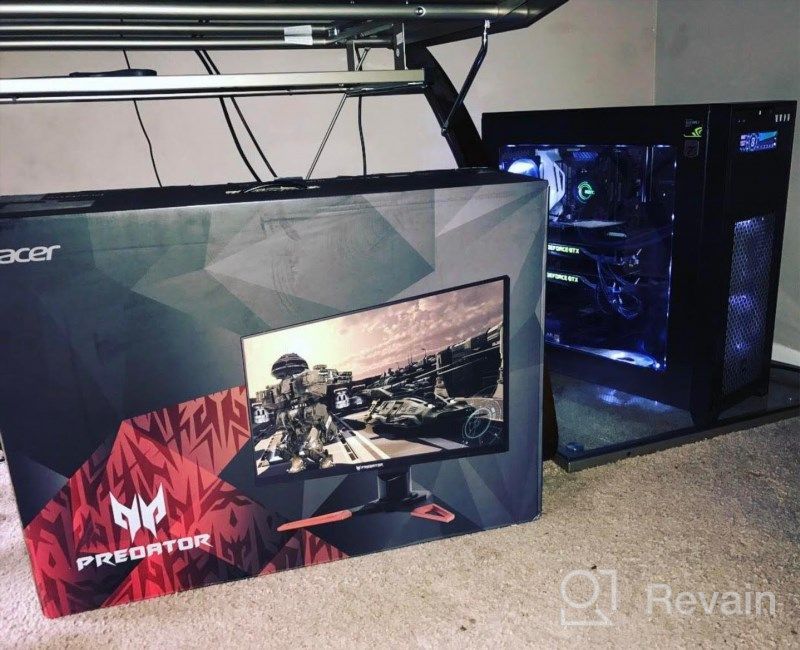
- Black
- Limited Connectivity.
New products
Comments (0)
Similar reviews
Top products in 🖥 Monitors
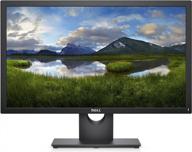
Dell E2318Hx LED Lit Monitor: High-Definition Display with Flicker-Free Technology and IPS Panel

109 Review

HP 24Uh 24" Backlit Monitor 1920x1080p, 60Hz, LCD with HD Resolution - K5A38AA#ABA

101 Review
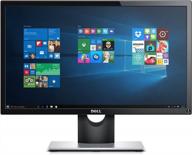
Dell SE2216HV LED 💻 Monitor with 60Hz Refresh Rate

101 Review

LG 27MP59G-P 27 inch Monitor with FreeSync, 75Hz Refresh Rate, and 1080p HD Resolution

93 Review
Another interesting products
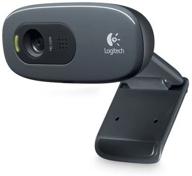
🎥 Logitech C270 Webcam: Crystal Clear Video and Superior Quality

183 Review

50AA2500 EBL Individual Battery Charging System - Rechargeable Batteries

56 Review
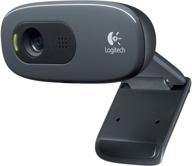
Enhance Your Visual Experience with Logitech C260 Webcam

78 Review

Renewed Logitech G PRO X Wireless Lightspeed Gaming Headset with Blue VO!CE Mic Filter for Immersive Gaming Experience

122 Review

